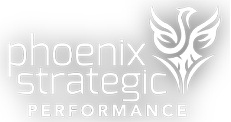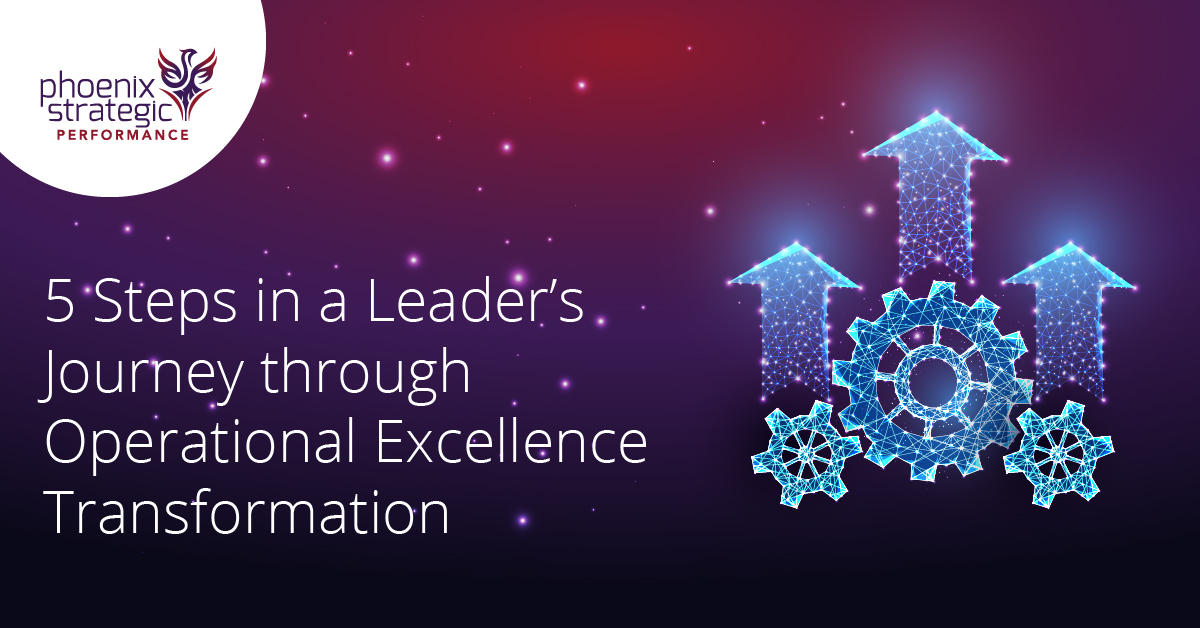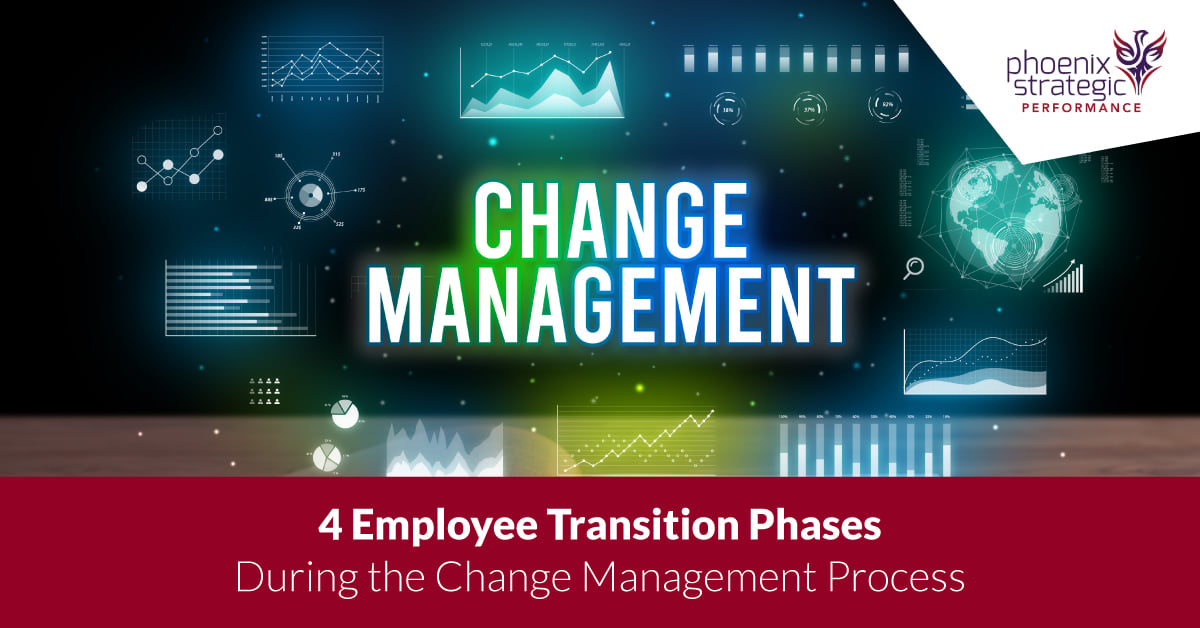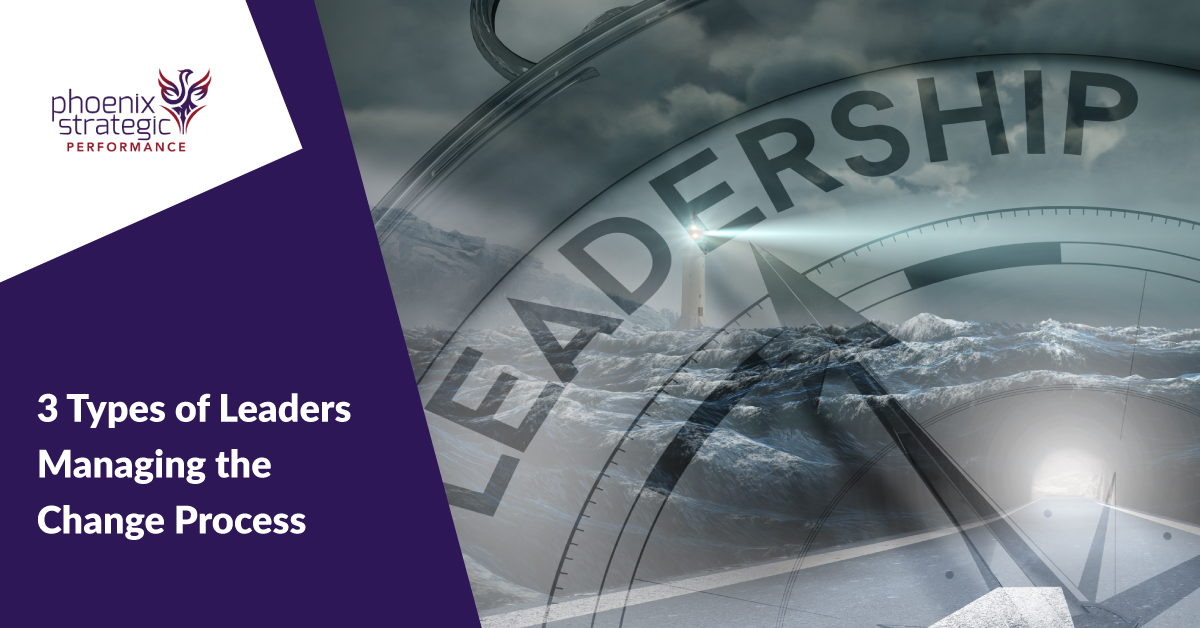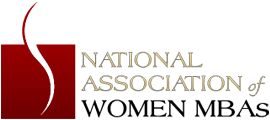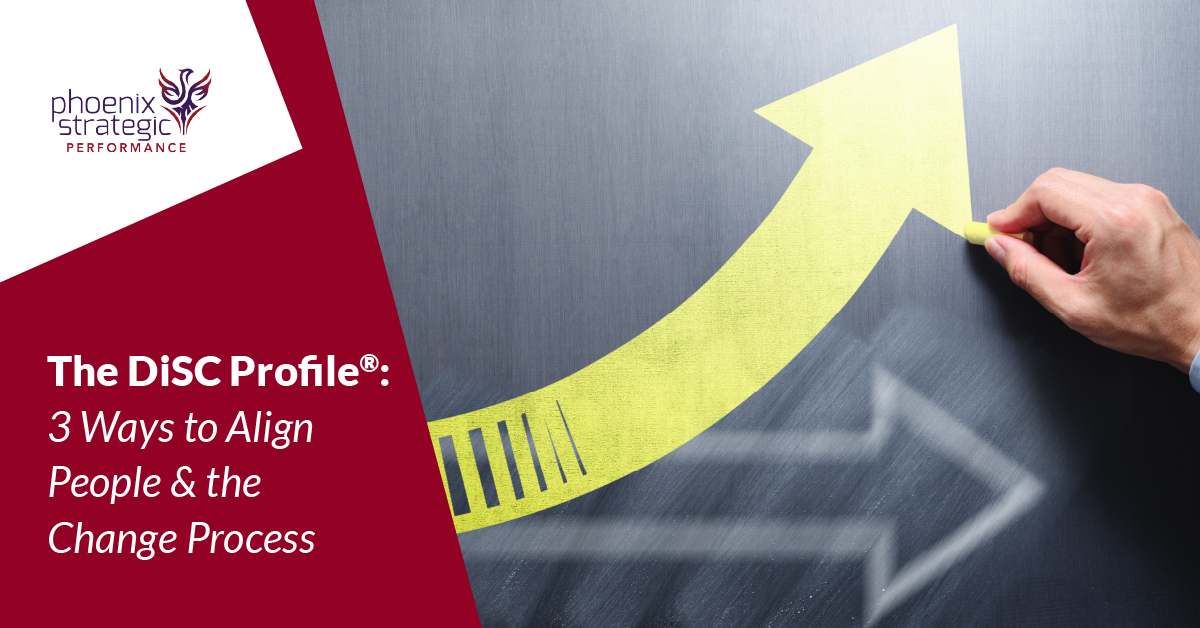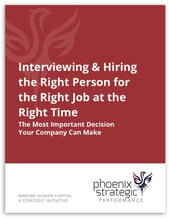Every leader today faces business situations where they need to apply a variety of frameworks, tools, and systems for the sustainable improvement of key performance metrics. The situations might range across multiple disciplines, such as manufacturing, sales & marketing, research & development, etc., but the need for leadership aptitude and discipline stays the same. It begins with a company’s vision, which transforms into a strategy and ultimately breaks down into programs and projects. The industry-specific issues, scale, and technicalities will differ based on the ecosystem that a leader is operating, such as a start-up, a large corporation, or local government, but the underlying principles and the business acumen required for the successful execution of operational excellence projects stays the same, for the most part. Learn more about the typical journey of a corporate leader through an operational excellence transformation.
